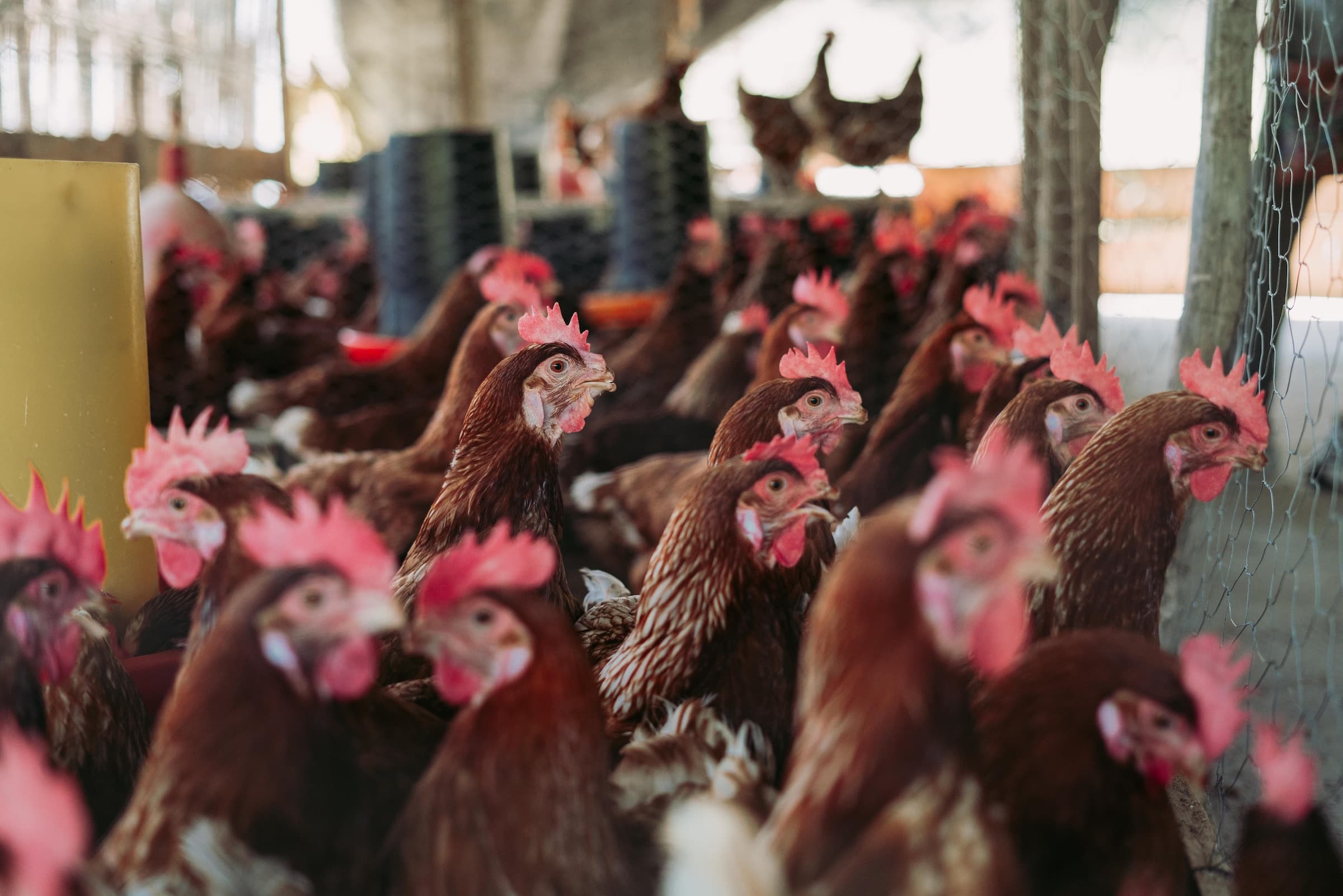
Assessing the impact of higher import duties on the South African broiler industry
It had been roughly one year since the DTIC approved an increase in the general rates of duty on frozen bone-in and boneless chicken cuts when AMIE commissioned Nova Economics to undertake an independent assessment of the tariff hike’s impact on imports of chicken, the domestic broiler industry, and South African consumers.
Background and context
In March 2020, the South African government announced that it increased the ad valorem tariff on frozen bone-in chicken pieces from 37% to 62%, while it would increase duties on frozen boneless cuts from 12% to 42%. While the applicant (the South Africa Poultry Association) requested that the WTO’s upper bound duty rate of 82% be applied, there was strong opposition to the proposals from representatives of importers, retailers, and consumers.
The Department of Trade, Industry and Competition (the DTIC) did not approve the 82% tariff increase, conceding that the duty at this level was likely to increase prices significantly. Higher prices would harm consumers, particularly the poor for whom chicken is an essential source of protein. The DTIC nevertheless approved ITAC’s recommendation to increase the duties to 42% and 62%, respectively, because there was evidence that inexpensive imports of frozen chicken were jeopardising the profitability of the local industry.
Purpose of the study
Roughly one year after the DTIC approved the higher tariff, the Association of Meat Importers and Exporters (AMIE) commissioned Nova Economics to independently assess the tariff hike’s impact on imports of chicken, the domestic broiler industry, and South African consumers.
Key findings
Our analysis of the impact of the higher tariff on the volume and price of frozen chicken imports into South Africa revealed that a three-year trend decline in chicken imports was greatly accelerated by the introduction of the higher ad valorem duty on frozen chicken cuts in March 2020. While the introduction of the import tariff coincided with the outbreak of Covid-19 and the imposition by the government of a ‘hard lockdown’ on all non-essential economic activity, we found that given that the sharp decline in imports of chicken products after March 2020 was limited to imports of dutiable BIC and BLC, most of the decline in the volume of chicken imports since March 2020 can be attributed to the higher ad valorem duties imposed.
One of the main objections to the introduction of higher import tariffs (by importers and consumer bodies alike) was that the average price of frozen chicken products would inevitably increase. But faced with a slowdown in consumer demand for chicken, domestic producers found themselves with surplus production and heavily discounted the prices of chicken sold through retailers. As a result, despite the sharp increase in the tariff on imports in March 2020, the retail price of chicken, particularly the price of IQF, fell in the second half of 2020. Unfortunately, however, we found evidence in data from the first months of 2021 that the higher import tariff, combined with the recovery in consumer demand and a sharp increase in feed prices, was starting to translate into higher chicken prices.
In the past, access by retailers to competitively priced imports played an important role in cushioning poor consumers in South Africa from price increases due to domestic supply shocks. In 2015/16, the supply shock was related to drought and feed costs, while in 2017, it was an outbreak of HPAI. But unlike in 2016/17, retailers who now face the higher ad valorem tariffs of between 42% and 62% will no longer have access to competitively priced imports of chicken to cushion consumers from these shocks. This is a critical consideration because the poorest 30% of households in South Africa spend a significant proportion of their total incomes (between 6% and 7%) on chicken products. In the face of higher chicken prices, consumers, particularly those in the poorest households, will be forced to reduce their chicken consumption. And, with few affordable substitutes available, they may also have to reduce their dietary intake of protein.
Outcome
Our study forms part of a larger, ongoing debate on the impact of tariffs on the economy and specifically local consumers. A recent paper by the Reserve Bank of South Africa (https://www.resbank.co.za/content/dam/sarb/publications/working-papers/2022/WP%202215.pdf) found similar results to our study. In the Reserve Bank study, the authors estimate that tariff increases have contributed to rising domestic frozen chicken prices by 16.2% from 2012 to 2021. The Reserve Bank pointed out that the poultry sector has seen extensive use of protective trade measures in recent years and that “greater use of economy-wide cost-benefit analyses for sectoral trade policy considerations could provide better insights into the long-run impact of tariffs.” Our study forms part of such analyses.
Since we conducted our study for AMIE, and since the release of the Reserve Bank’s study, the AMIE has continued to call on the government to remove all tariffs and suspend the consumption tax on all poultry to cushion consumers from the rising price of chicken, highlighting that the “local poultry industry enjoys unfair and excessively high levels of trade protection, with general tariffs, anti-dumping duties and safeguard duties in place, to the detriment of consumers” (see https://bd.pressreader.com/article/281599539415011 for more detail).
